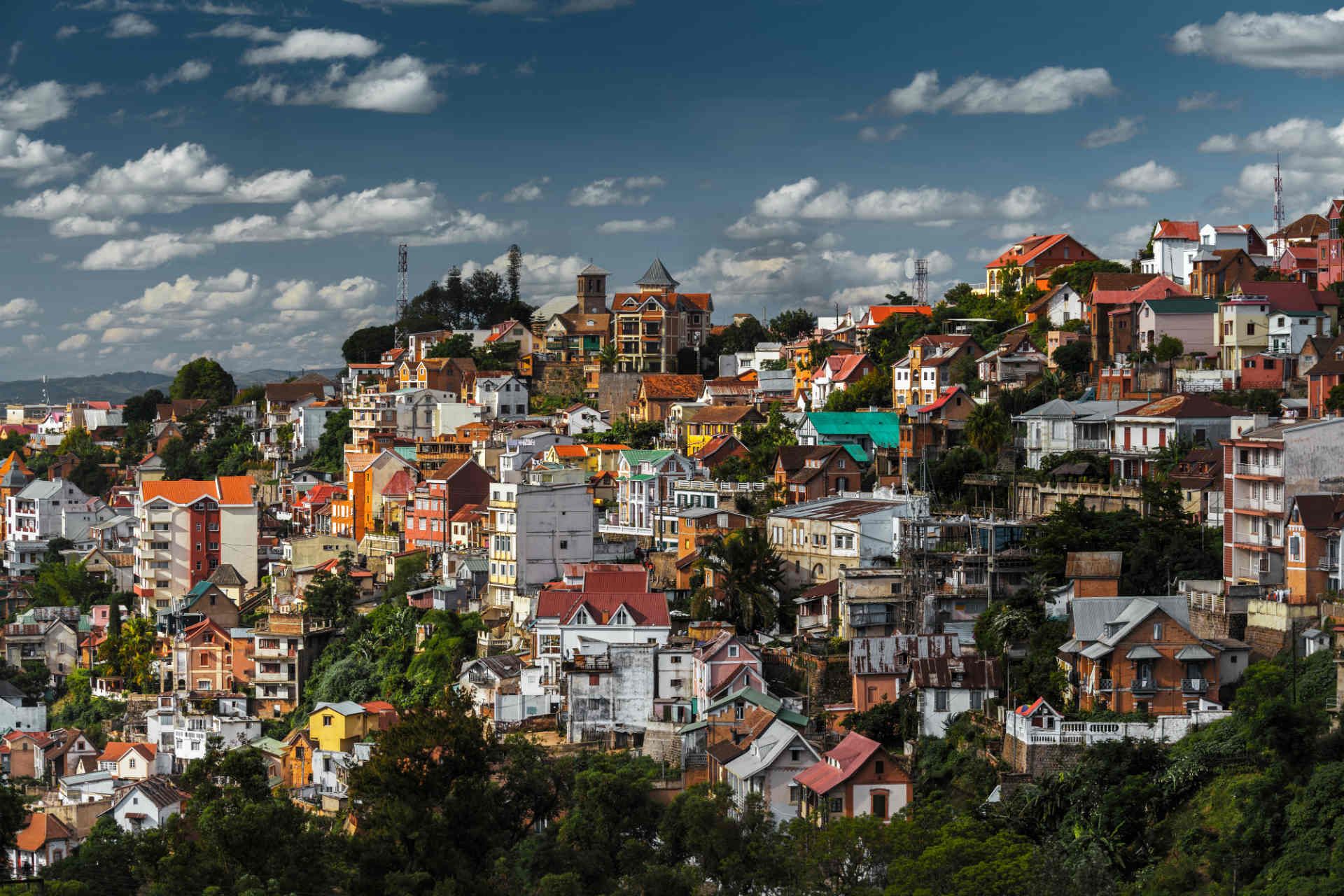Step 4: Core planning your Madagascar itinerary
When to do this: 3–5 months before
Once you’ve made your wish list, this is where the real planning starts. Pick out the places you and your travel crew agree are must-dos, then map out how to get from one to the next. After that, see what’s nearby or along the way—you might find a few unexpected spots worth adding. Getting around takes more time than you’d think.
How do you get around Madagascar?
Getting around Madagascar comes with its own set of quirks. There are domestic flights between most major towns and tourist areas, run by Air Madagascar and Tsaradia. They’re usually the fastest option, though delays can happen.
Road travel is possible but is difficult. A lot of the roads are unpaved or in rough shape, and during the rainy season (November to April), some are completely washed out. A 4WD is pretty much essential if you’re heading to national parks or anywhere outside the cities. Even the main highways can turn into bumpy tracks full of potholes.
If you’re planning to go remote, it helps to hire a local driver who knows the current road conditions. GPS isn’t always reliable here, and road quality can change fast depending on the weather.
Is it better to fly or drive in Madagascar?
It depends on how much time you’ve got and how you like to travel. Flying is quicker by far—a flight might take under an hour, while driving the same distance could take all day. But flights can be pricey. Renting a 4WD with a driver is usually cheaper per day and gives you more flexibility on the ground.
Some places are easy to reach by road from the capital, like Andasibe and Ranomafana. Others, like the western baobab regions or the south, are harder to get to without flying part of the way. During the rainy season, some areas—especially in the north, east, and northwest—can be cut off entirely by road, so flights might be the only realistic choice.
You don’t have to pick just one. A combo—flying the long stretches and driving within regions—can work well.
Can you travel Madagascar by boat?
You can, especially if you're curious about the coast or looking to slow things down a bit. In places like Nosy Be, Diego Suarez, and Fort Dauphin, local boats—both motorboats and traditional dhows—connect beaches and fishing villages. These trips are more informal and don’t always run on a set schedule, so flexibility is key.
There are also river trips, like multi-day journeys along the Tsiribihina River. These are more about the experience than getting somewhere fast—think drifting past remote villages and spotting wildlife.
Island-hopping near Nosy Be is the most straightforward kind of boat travel, with regular connections to nearby islands like Nosy Komba and Nosy Tanikely. You’ll also find some boats heading to the farther-out Mitsio and Radama islands, though less frequently. Private charters are an option too, and joining a group can help cut down the cost.





















